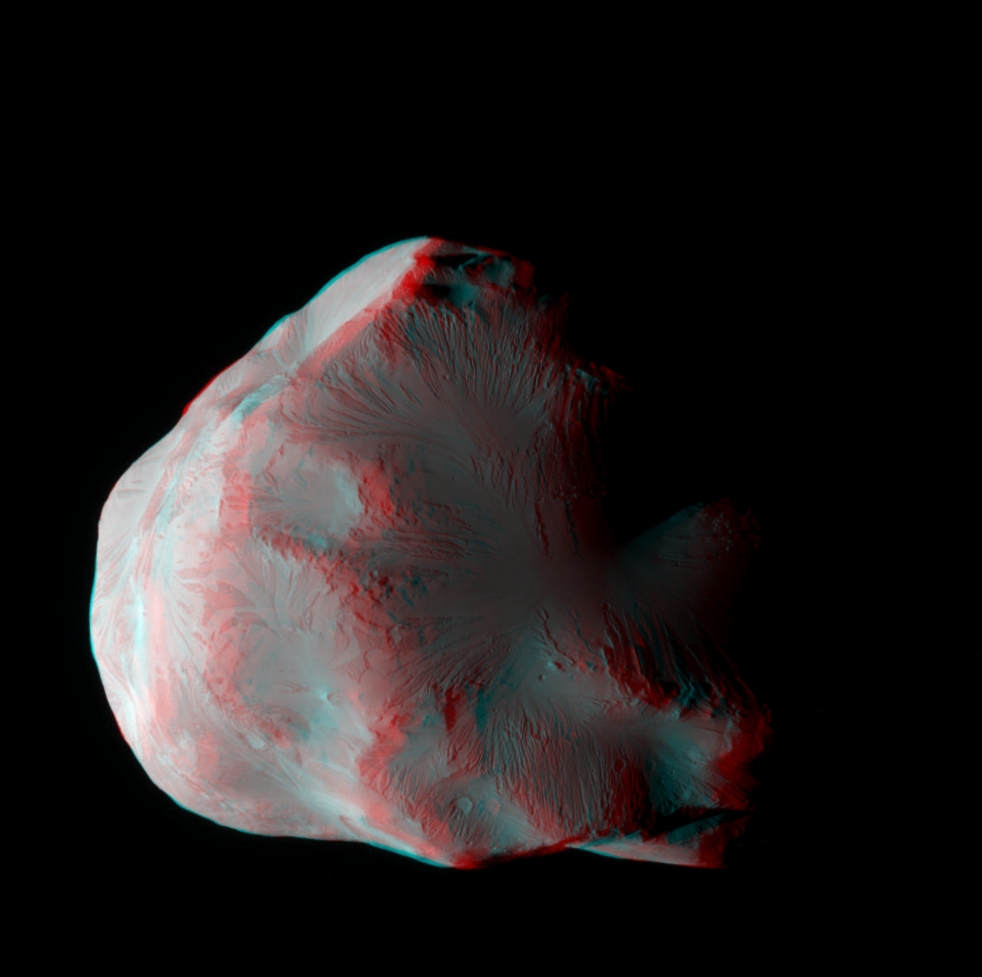Over the years, Disney has done some of the best educational work ever assembled, translating complex concepts about science and history into forms we can all easily understand. This is one of my all time favorites from that collection, a story about the history of space science, and how we came to understand how it works. Mind, Disney did nothing about resolving the scientific questions, but it sure explained them so we all understood, and gave us a fun little animation to watch while doing so. I like it a lot, and appreciate the education it has given so many, including me.
Most of us never get picked for astronaut training (in fact a few like me never get picked to play on a team of any kind), but for those who don’t, astronaut Jerry Carr got together with TED and produced this great little animation on the topic. This will introduce you to some of the details that NASA usually doesn’t mention, like the fact that being an Astronaut is something you only get to do after doing a whole lot of support stuff in the background, to help the current astronauts get their job done. I do love the excellent job that Sharon Colman did on the animation; it is classic 50s Disney line drawings, just like they did for the whole Mission to Mars program and all the other wonderful Disney space shows they did over the years.
This amazing moonrise video was made in a single take, with no stop motion, no compositing, and no CGI effects of any kind. After watching this I wasn’t terribly surprised to learn that the man who filmed it, Mark G, is a professional photographer with some really tasty optical gear. He got about two kilometers behind the Mount Victoria Lookout in New Zealand so the people looked really small, making the moon look very large indeed. This is another one from the Astronomy Picture of the Day site, one of my favorite online destinations.
Full Moon Silhouettes from Mark Gee on Vimeo.
The APOD site at NASA, AKA the Astronomy Picture of the Day page, recently posted this 3D image of Helene, one of the Trojan Moons of Saturn. And yes, you will need to break out your red/blue glasses to see it properly. Helene is a tiny little thing measuring only 36 by 32 by 30 kilometers, not even big enough to have gravity crush it round. This stereo picture was built from a few shots taken by the Cassinni orbiter back in 2011, but only recently composited together. The APOD collection is definitely my favorite source of quality wallpaper for my computer desktop and tablet screens, they have some amazing stuff there.

The NASA GRAIL mission has been flying for about a year, two satellites orbiting the Moon at low altitude to create a detailed gravity map of our nearest neighbor. The project has been a total success, generating all kinds of new knowledge on the current density over different parts of the surface which can lead to knowing where to prospect for useful metals, volatiles, and other resources. But it has also revealed a lot about the surprisingly shallow and fractured crust, generated by the massive bombardments of rocks all the planets and moons of the solar system went through during the latter part of the formation of our solar system. Now the two orbiters are almost out of fuel and have been scheduled to crash into a remote area on the north pole of the Moon, to make sure they do not disturb any of our landing sites. Unfortunately, the event won’t be visible from Earth (the low on fuel detail means they have nothing left to explode), but these satellites have added greatly to our knowledge of the evolution of the planets and the available resources on the Moon for a very small monetary outlay. And don’t forget, every penny that was spent, was spent right here on Earth, so none of the money ever left the planet; it is still circulating, doing its part to help the economy get stronger.
The Geminid Meteor Shower is under way once more, with peak viewing over the next 2 nights, the 13th and 14th. You can get some great viewing tips here or at the first link. What makes the Geminids stand out is their frequency; with up to 100 meteors per hour, they are one of the best displays going. Add to that a New Moon, and if you have clear skies and can get away from the light pollution it should be quite a show. Meteor showers are named for the constellation they appear to be coming from, so set out your lawn chair facing to the constellation Gemini for the best viewing.
